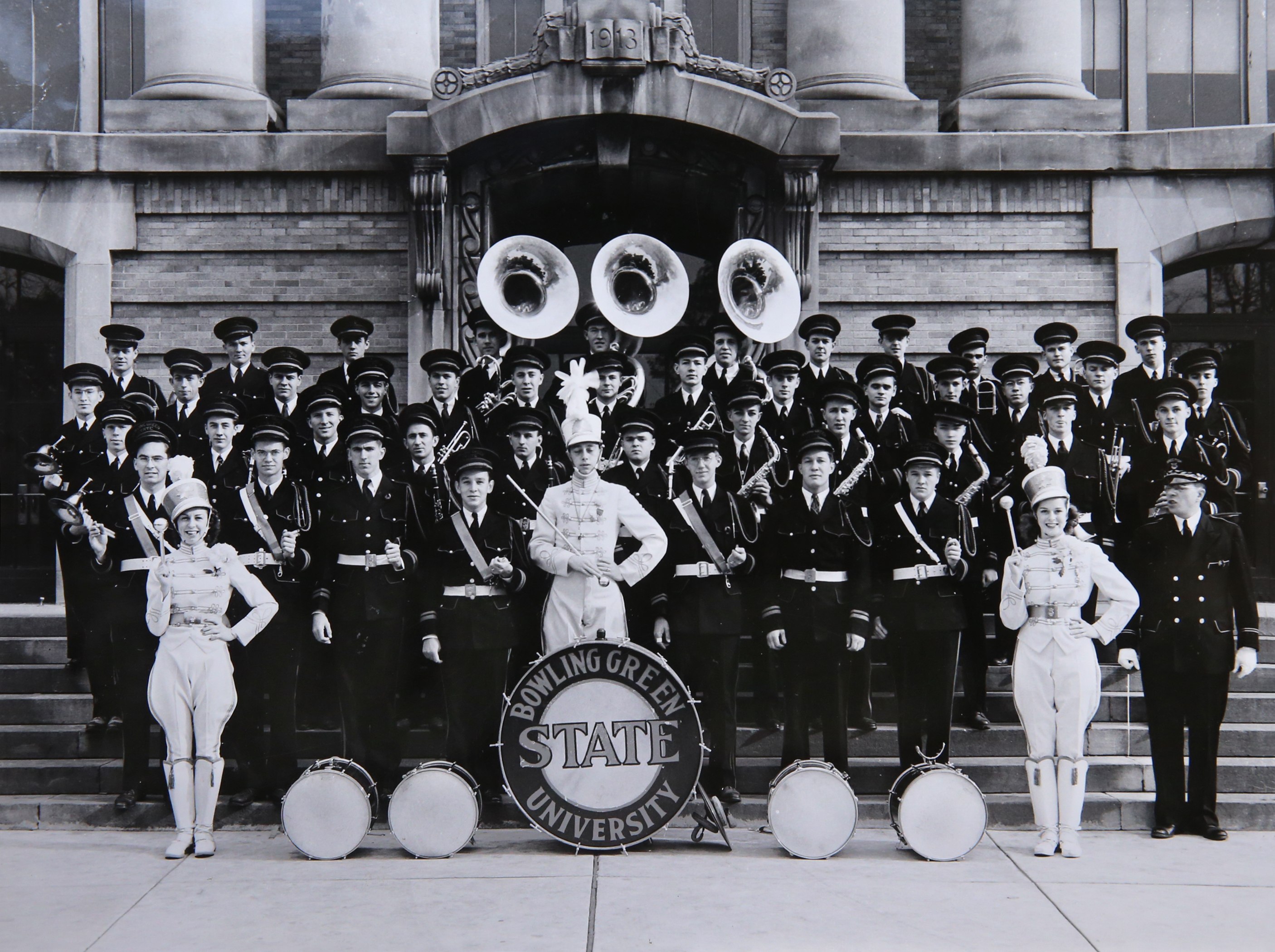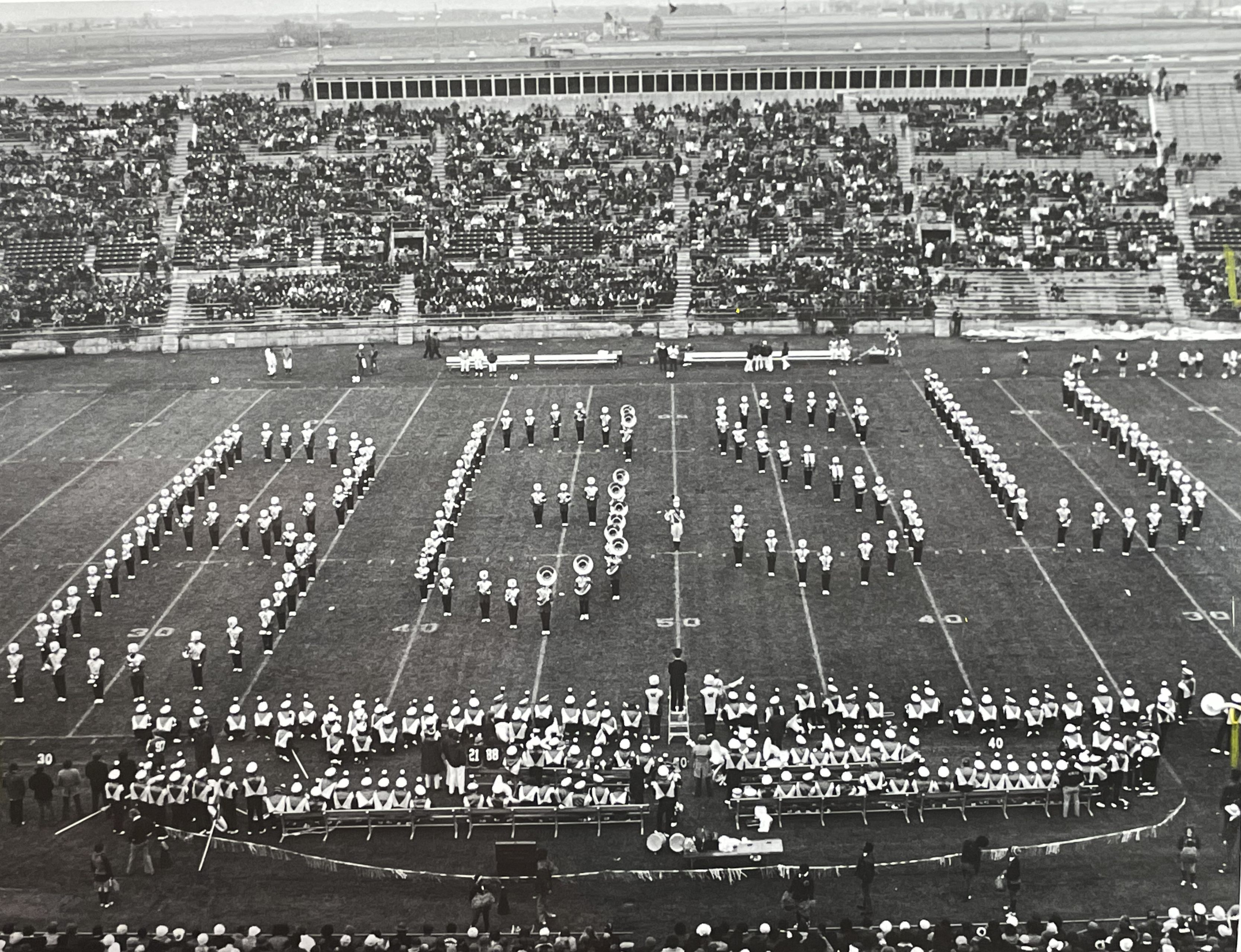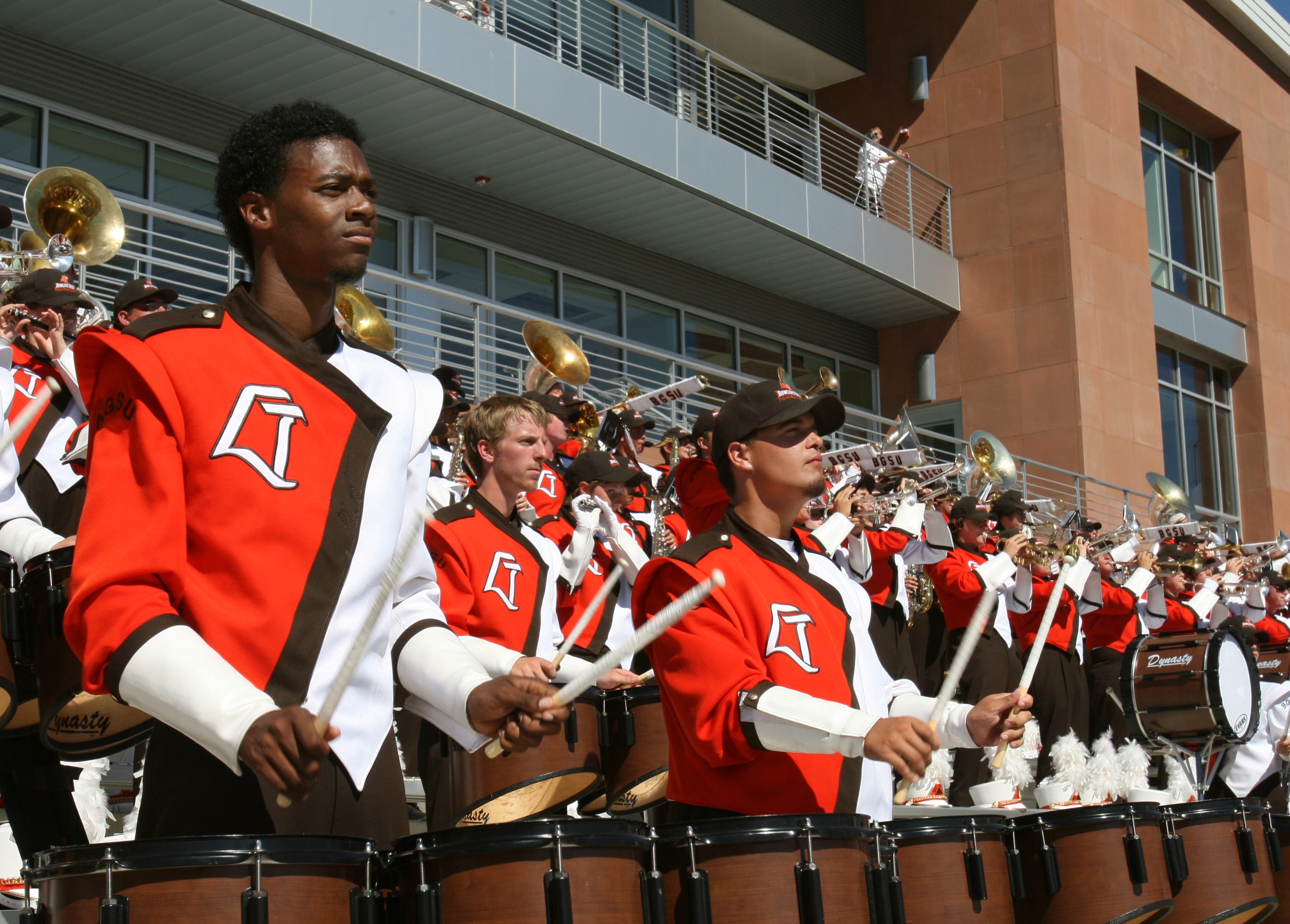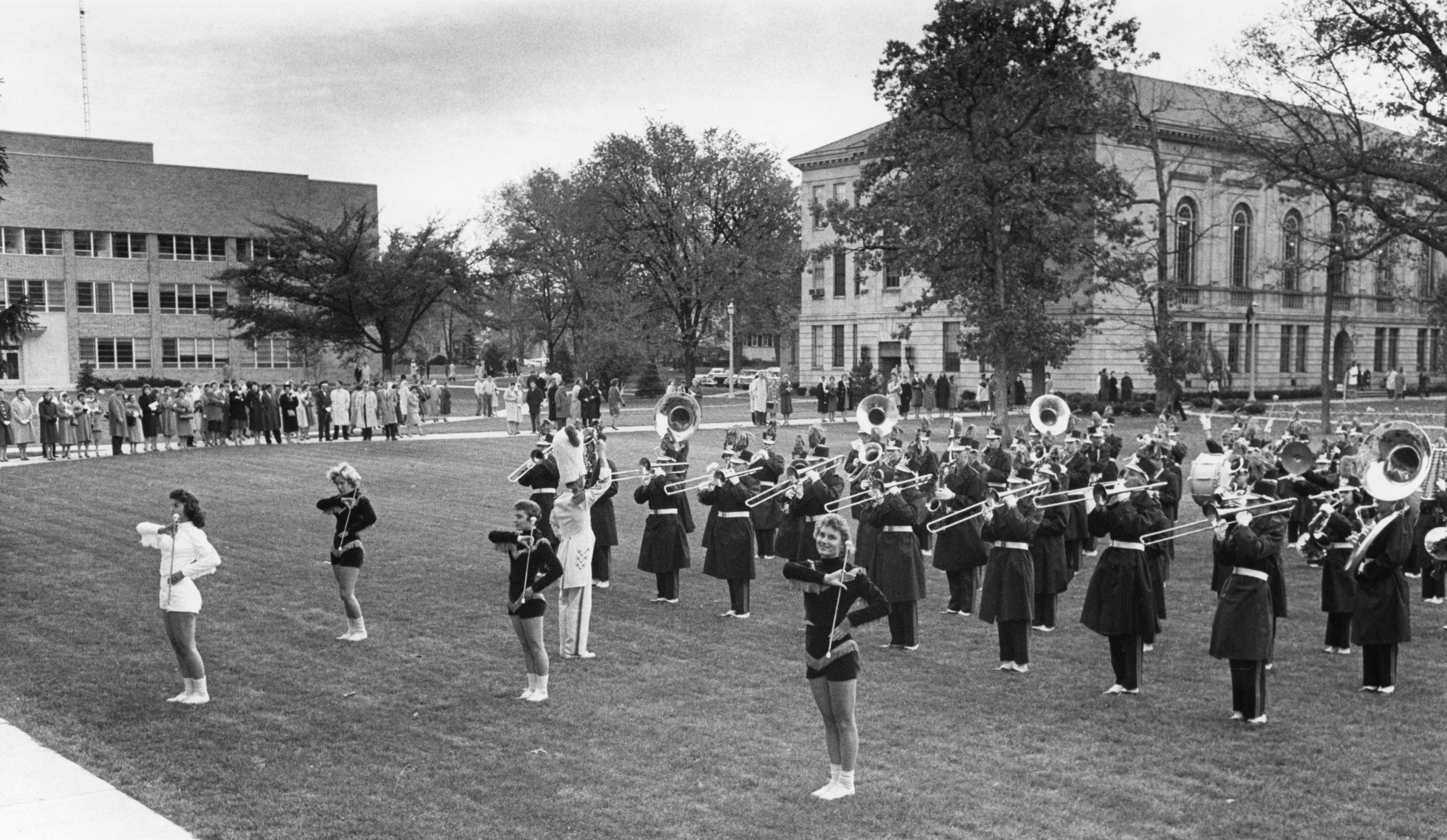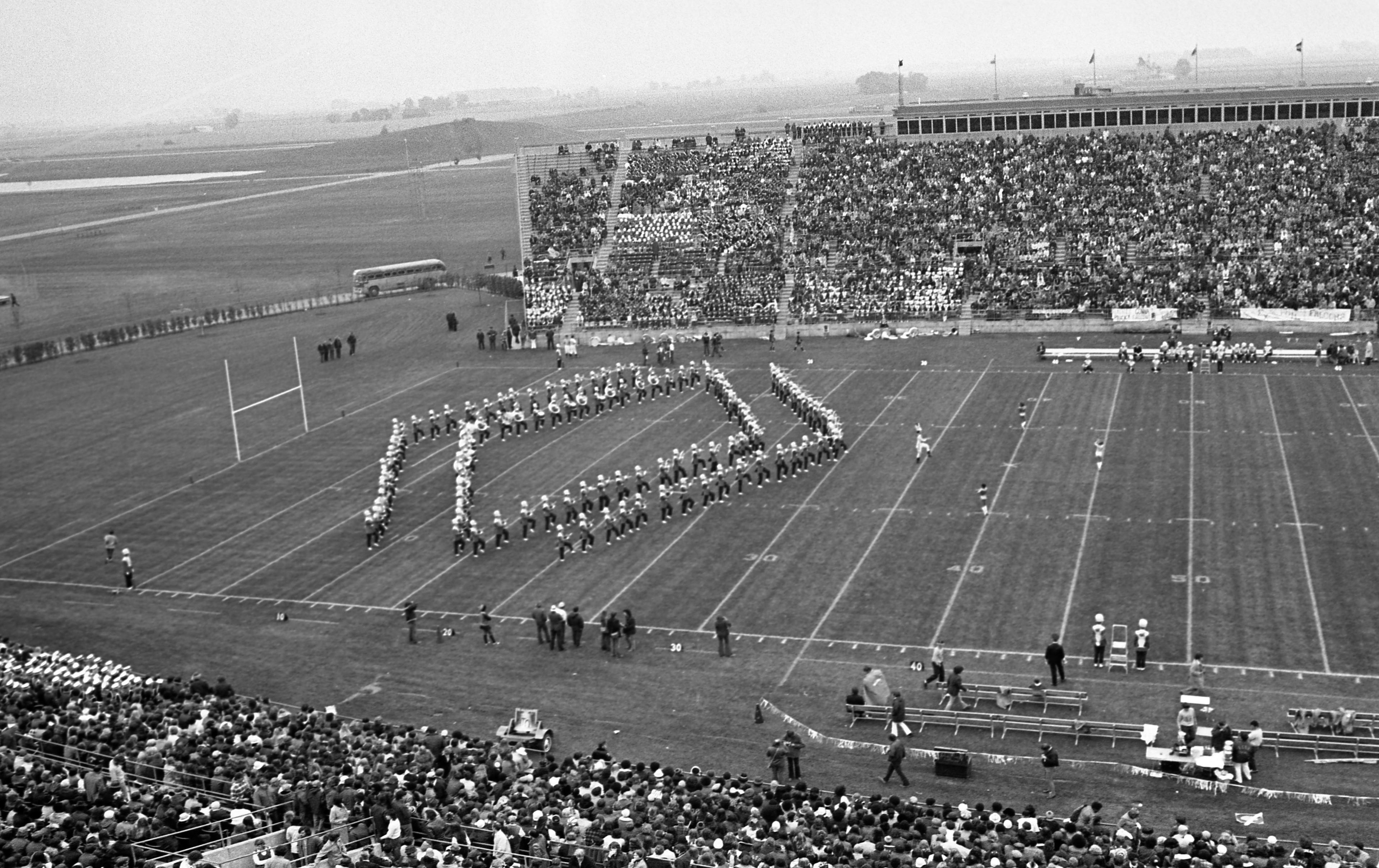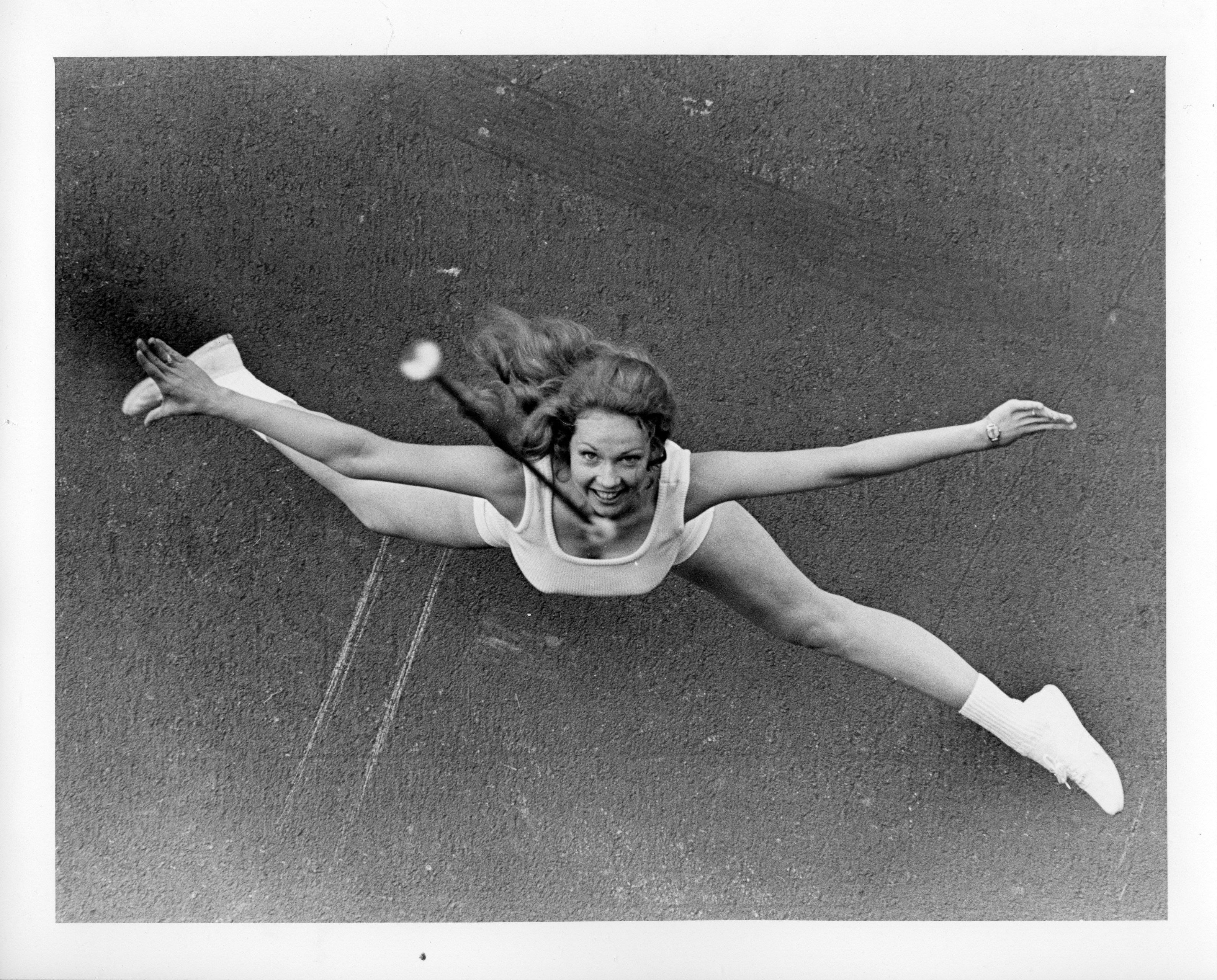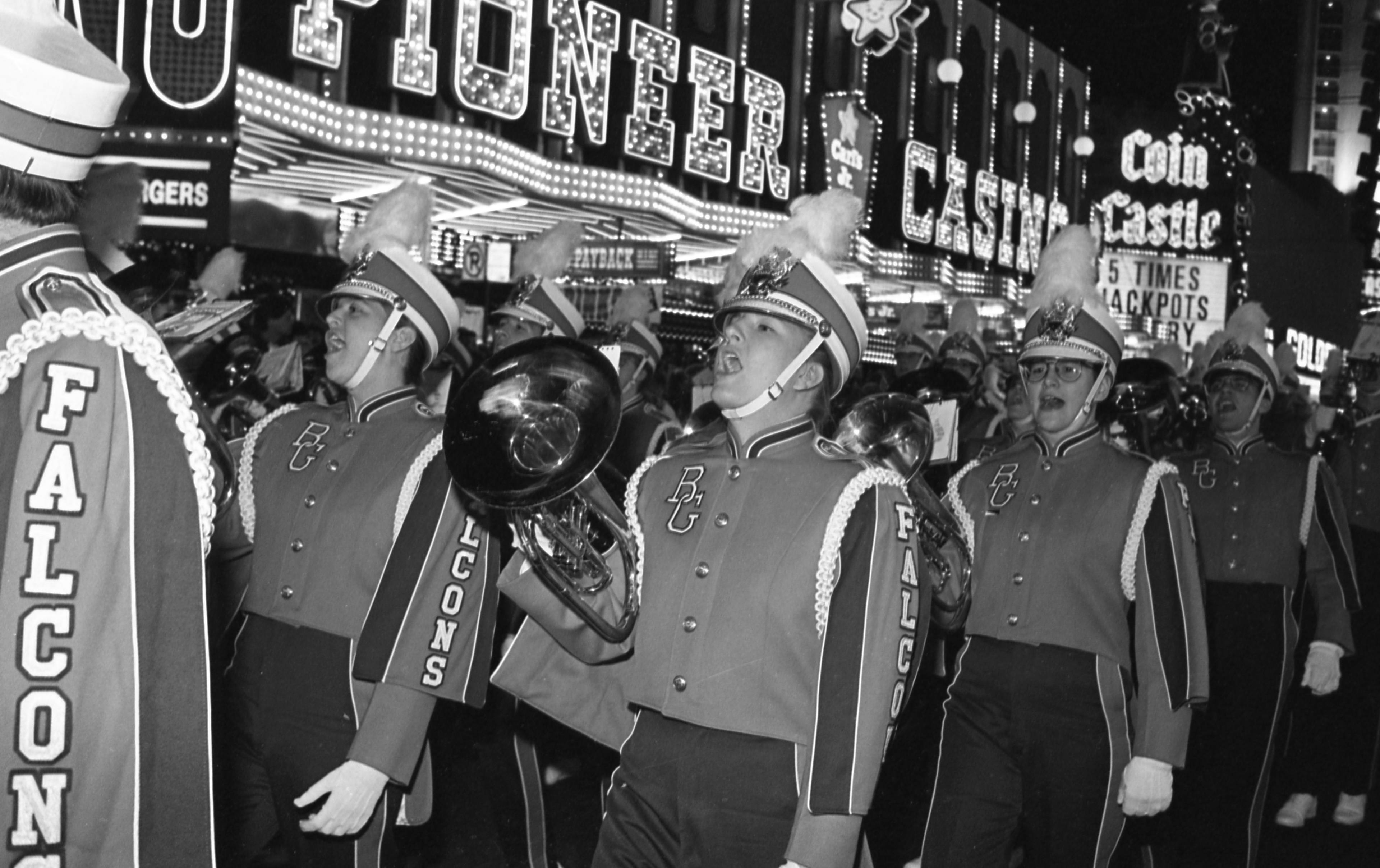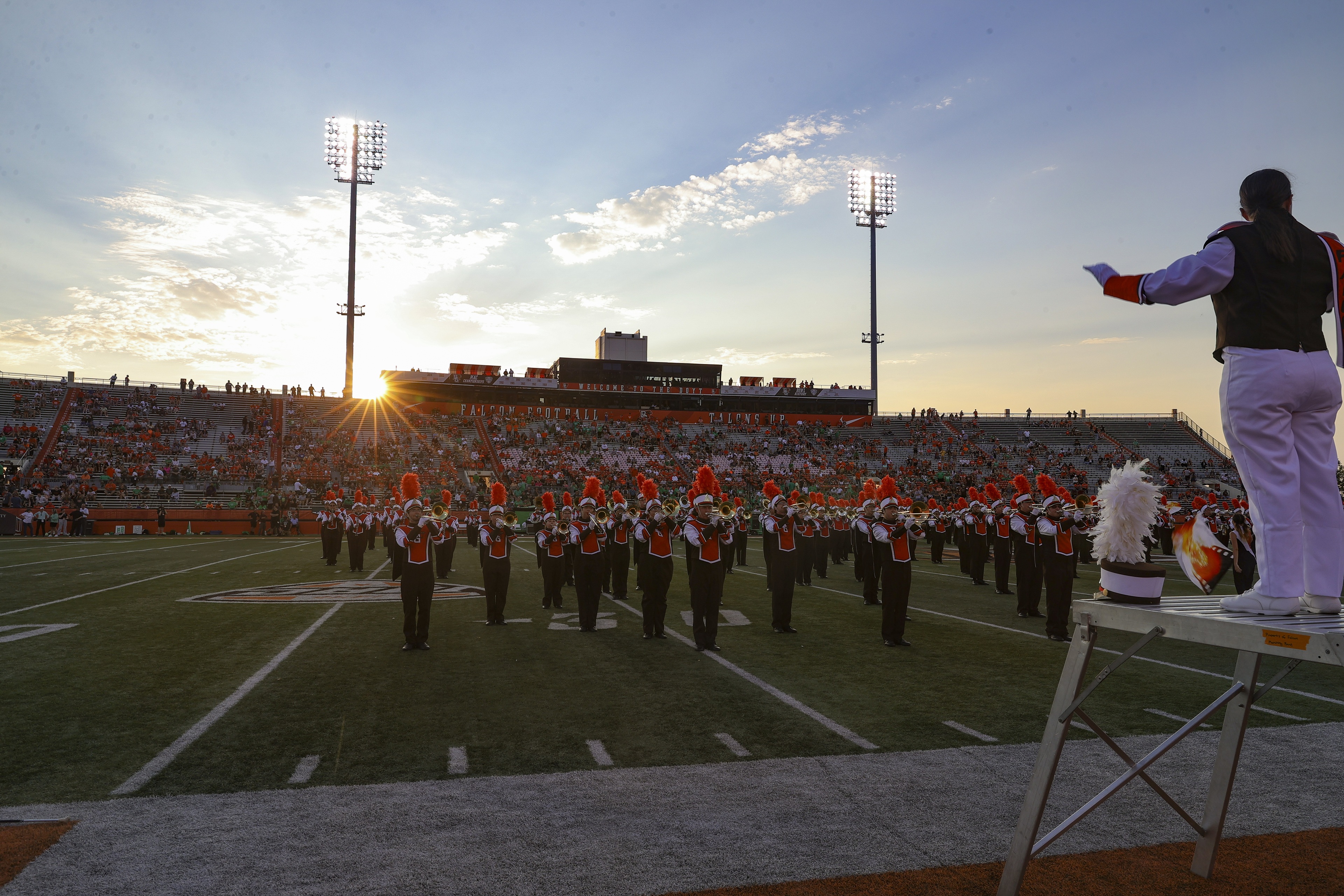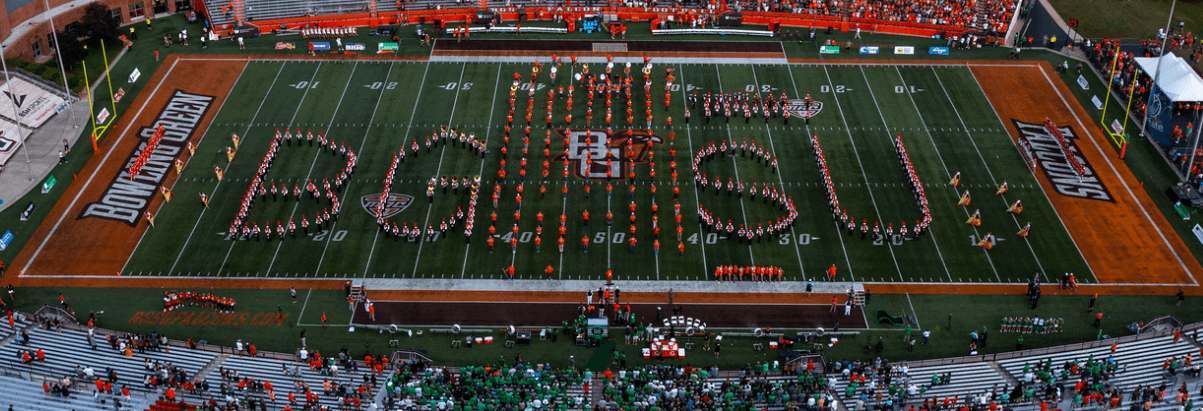
The Falcon Marching Band spells out BGSU in a formation with alumni band members during the 2022 Homecoming at Doyt Perry Stadium on Sept. 17, 2022.

University News
Celebrating a century of harmony: BGSU Falcon Marching Band marks 100 years of musical legacy
From a modest start in 1923 to today's thriving centennial ensemble, the Falcon Marching Band's journey through time touches countless musicians and fans.
By Victoria Dugger
The year is 1923. It’s fall and Calvin Coolidge is settling into his term in the White House after the untimely death of Ohioan Warren G. Harding in office. Lon Chaney is silently starring as “The Hunchback of Notre Dame” in movie houses, and across the nation, people are just starting to learn the steps to the newest jazz dance craze, “The Charleston.”
Amid this backdrop, as Bowling Green State Normal College welcomed its ninth class of students to campus, student Leo Lake and faculty member Earl Claire Powell established the very first marching band at the University — 100 years ago this year.
Known simply as “the College Band,” this ensemble had about 20 members and was led by Powell, an industrial arts faculty member who seems to have had no formal experience in music. Powell, who gave each band member a freshman cap to wear since there were no uniforms, led the band until the spring of 1927.
A yearbook entry described the debut of the inaugural College Band:
“For the first time in the history of our college, a meeting of all the men who could toot a horn was called at the beginning of the school year. After much noise and effort, this aggregation developed into a smoothly-playing band.
“The band made its first appearance early in the football season. Considering the length of time that this band has been playing together, many favors have been bestowed upon it. The band had the honor of playing for the dedication of our new athletic field on Home Coming Day.
“The band wishes to express its appreciation to all who have made the Bowling Green Ohio State College Band a success.”
By 1926, there were 24 members in the band and membership included students and faculty, men and women. Powell himself played the tuba, and in 1926 the band lists the names of all the members, seven of whom were women: Helen Red, Joan Beard, Marjorie Russell, Leona Griffin, Dorothy Katzenmayer, Nellie Schuler and Virginia Bigelow.
However, women were not permitted to march at football games and didn't join men on the field until 1942, when WWII led to a shortage of men available for marching band and women were first admitted. This was temporary, though, as the band went back to being all male in Fall 1943 when musicians from the campus' Navy V-12 unit started fulfilling marching band duties. Women finally were introduced into the marching band for the 1951-52 academic year football season and women musicians have been a part of the band since.
The description of the College Band appeared as such in 1927, noting the difference between concert and marching units and who could participate:
Membership in the College Band is open to students who play band instruments acceptably. The band makes concert appearances each year and plays at all major athletic contests. Women students are accepted for membership in the band and may play in concerts, at basketball games, but not at football games.
This appears to be the beginning of a distinction between a marching band on the one hand, and a concert band/athletic band on the other. Although the distinction was not formalized until later, the former was an all-male organization that performed exclusively at football games, the latter a concert band with no gender limitations that performed at all other occasions.
The directorship of the band changed hands in 1927 as music faculty member Charles F. Church took the helm, and the director position has remained in the hands of music faculty ever since.
Post-war, the band continued to expand. The year 1948 marked the first time the Falcon Marching Band played the "Forward Falcons" fight song, written by Wayne Bohrnstedt. In 1953, Professor Roy Weger became the band's leader, and his presence is still seen as the bleachers on the south side of the Sebo Athletic Center bear the name “Weger Band Stands” in his memory.
For nearly 28 years, the Falcon Marching Band and all University bands were led by powerhouse director Mark Kelly – "The Chief” – who along with a host of hands-on assistant directors commanded excellence from the band from 1966-1994. During Kelly's tenure, Phil Hoverman created the band's high-powered entry and pregame drill in 1978, and the drill has retained much of its initial flair.
During the Kelly era, six on-field directors led the hands-on, day-to-day shaping of the Falcon Marching Band and they are fondly remembered by the hundreds of alumni whose lives they touched:
- Jon Piersol, 1969-1975
- John Deal, 1975-1979
- Barry Kopetz, 1979-1982
- Glenn Hayes, 1982-1986
- Jay Jackson, 1986-1992
- Tom Rohrer, 1993-1994
The Kelly Instrumental Rehearsal Hall in the Moore Musical Arts Center is named in Mark Kelly's honor. He was selected as the Ohio Music Education Association’s outstanding music educator and the National Band Association named him one of the 10 most outstanding music directors in the United States.
The first event for the BGSU alumni band, called the Falcon Alumni Band, happened at the 1976 BGSU Homecoming. BGSU alumni member Thom Headley said the group, now known as the Bowling Green State University Band Alumni Society, “became an extension, or manifestation of the esprit de corps we felt so deeply (and still feel) for our college band days. Credit goes to Mark Kelly, Jon Piersol, and the succession of leadership that has led to Bruce Moss and Jon Waters for supporting and sustaining this important legacy.”
The band saw another milestone in 2003 when Dr. Carol Hayward became the first female director of the Falcon Marching Band. During her 12-year tenure, the band grew to over 280 members - becoming the largest student organization on campus - and earned its own page on Wikipedia. Hayward's term at the helm came under the directorship of Bruce Moss, overall director of bands since 1994. The Falcon Marching Band directors under his directorship included:
- Tom Rohrer, 1994-1998
- Warren Olfert, 1998-1999
- Hubert Toney, 1999-2003
- Carol Hayward, 2003-2015
- Michael King, 2015-2020
- Jeremy Harmon, 2021
- Jon Waters, 2022-present
Now under the leadership of visionary Director of Athletic Bands Jon Waters, the 240-member Falcon Marching Band performs at a variety of events throughout the fall semester, including University events, football games, concerts, regional marching band shows, national and international events, parades and other athletic events. The band is open to students of all class levels and majors and is composed of students from all colleges of the University. The Falcon Marching Band is an academic course and all members of the ensemble must be registered for the class to participate.
With the band's long history and the University's reputation as a destination for future music educators, the Falcon Marching Band also generates a large and passionate alumni band membership. Hundreds return to campus each year for Homecoming and alumni band reunions. This year at Homecoming, alumni band members will not only join current Falcon Marching Band members for pregame but will also take the field during the 100th-anniversary halftime show. Visit bgsu.edu/homecoming to learn more about the many Homecoming events, including the BGSU Bands Concert on the Lawn on Friday, Sept. 22 at 7:15 p.m. at the Schmeltz Family Fountain.
While the 100th anniversary of the Falcon Marching Band is celebrated this year, it should be known that overall music programs at BGSU date back even earlier. BGSU has never been without music on campus, from the first existence of a department (1914-1961), then a School of Music (1961-1975) and then the College of Musical Arts in 1975.
Ernest G. Hesser led the department of music at Bowling Green State Normal College starting in 1914, and was one of the University’s original 15 faculty members. At that time, the focus was on voice and piano instruction. Students on a four-year course path were required to take three credit hours of music, regardless of their major. In 1915, the college also offered special two-year courses in “public school music” that emphasized the general principles of teaching children music in schools.
Updated: 09/15/2023 01:03PM

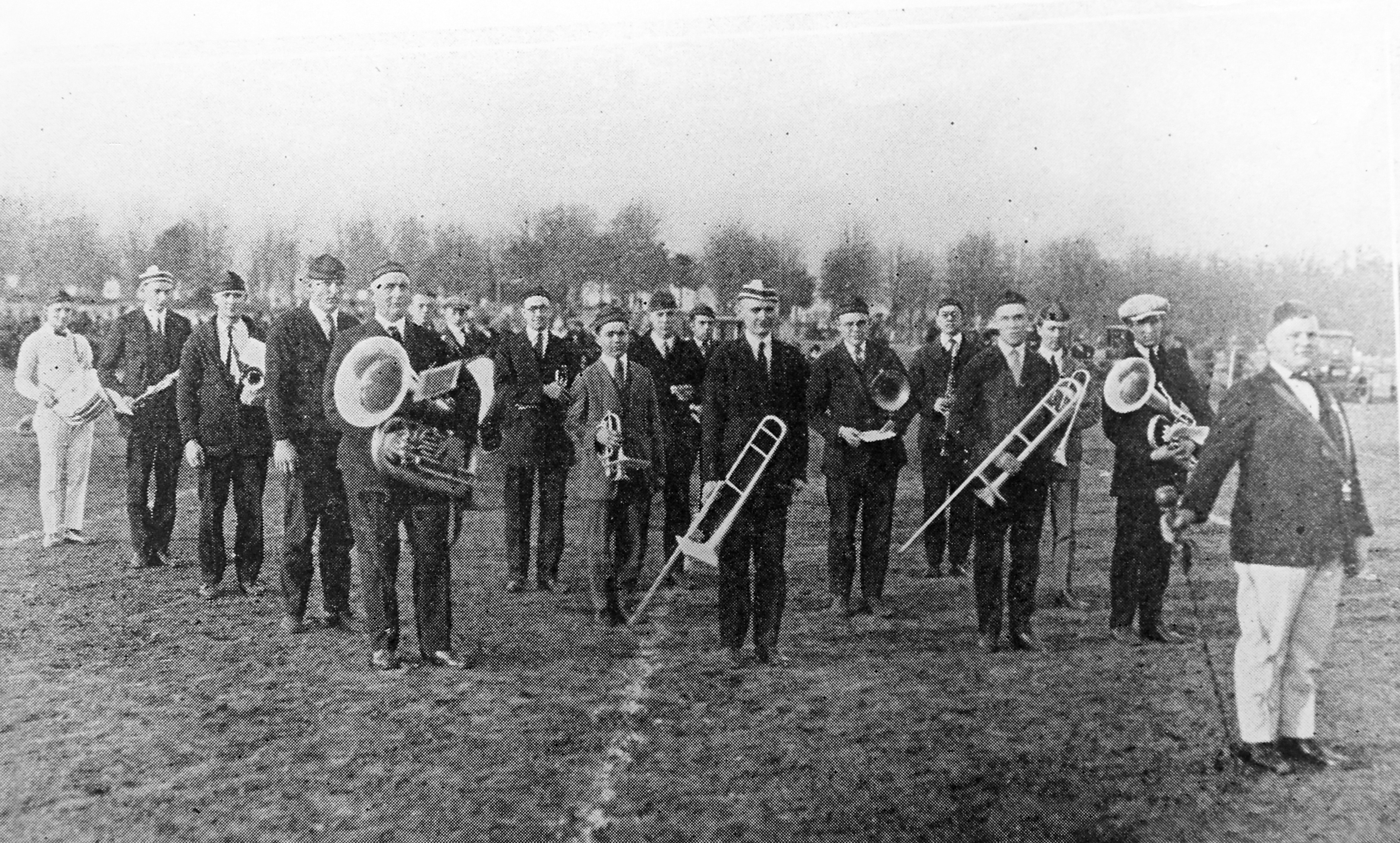
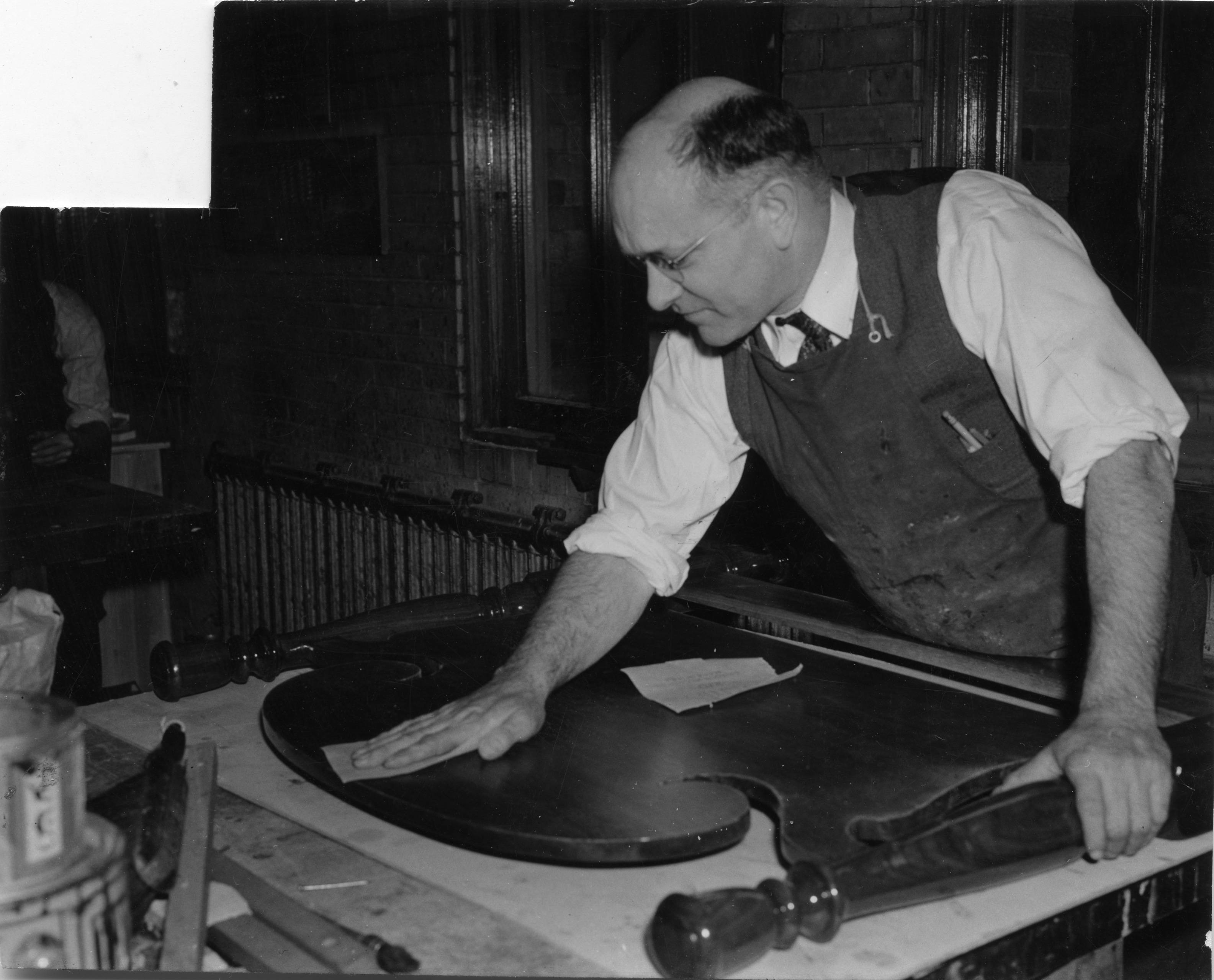
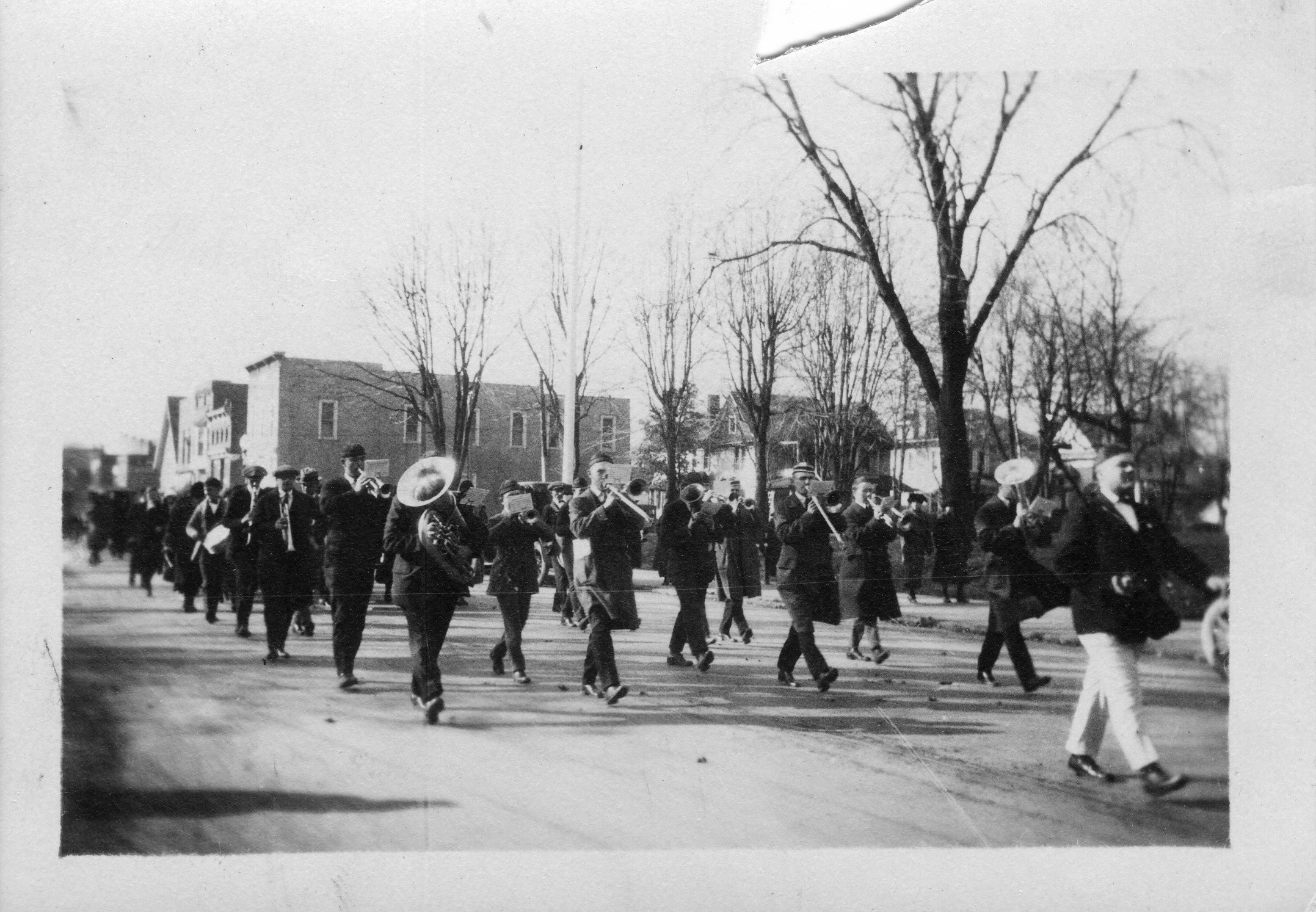
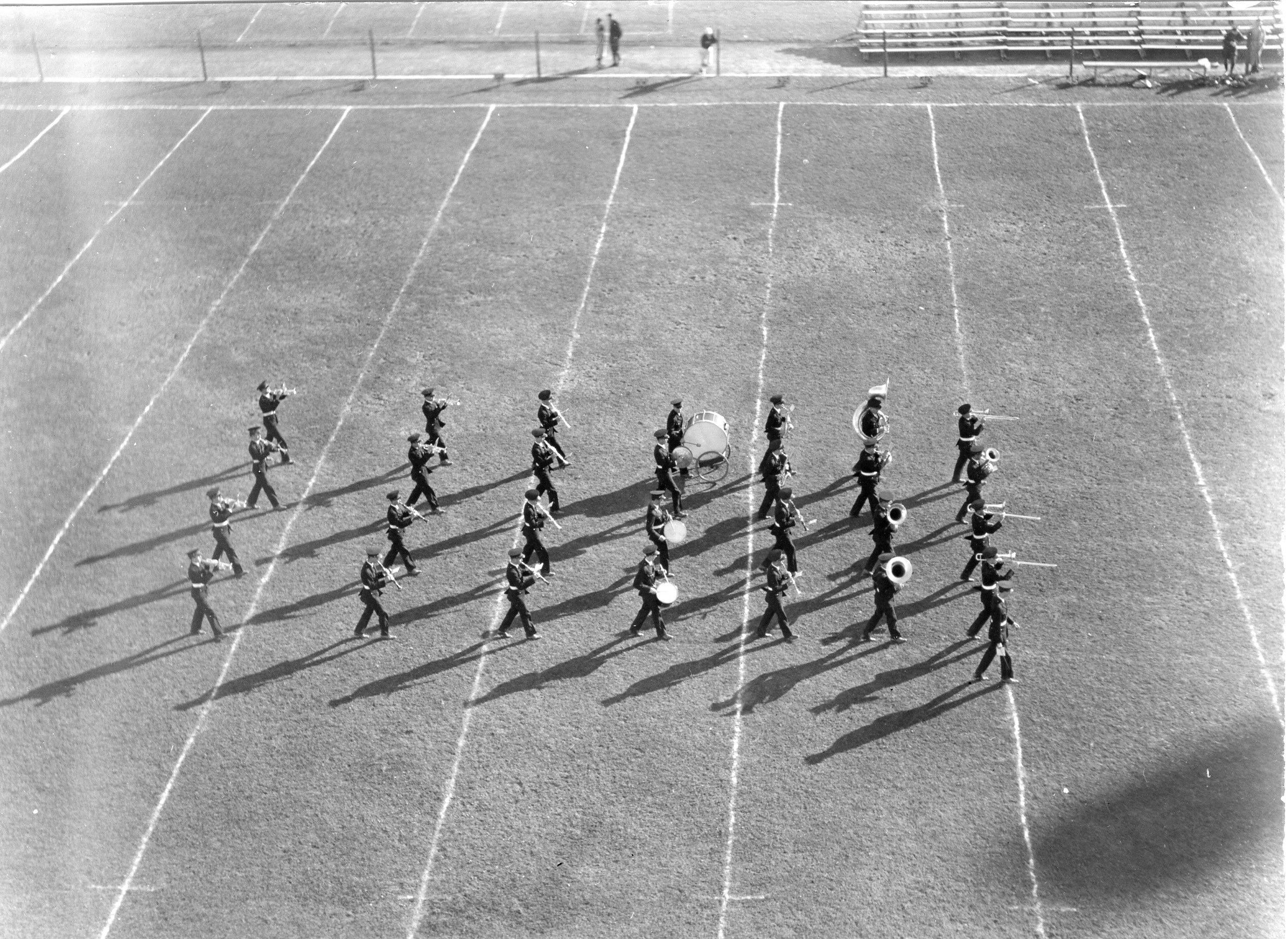
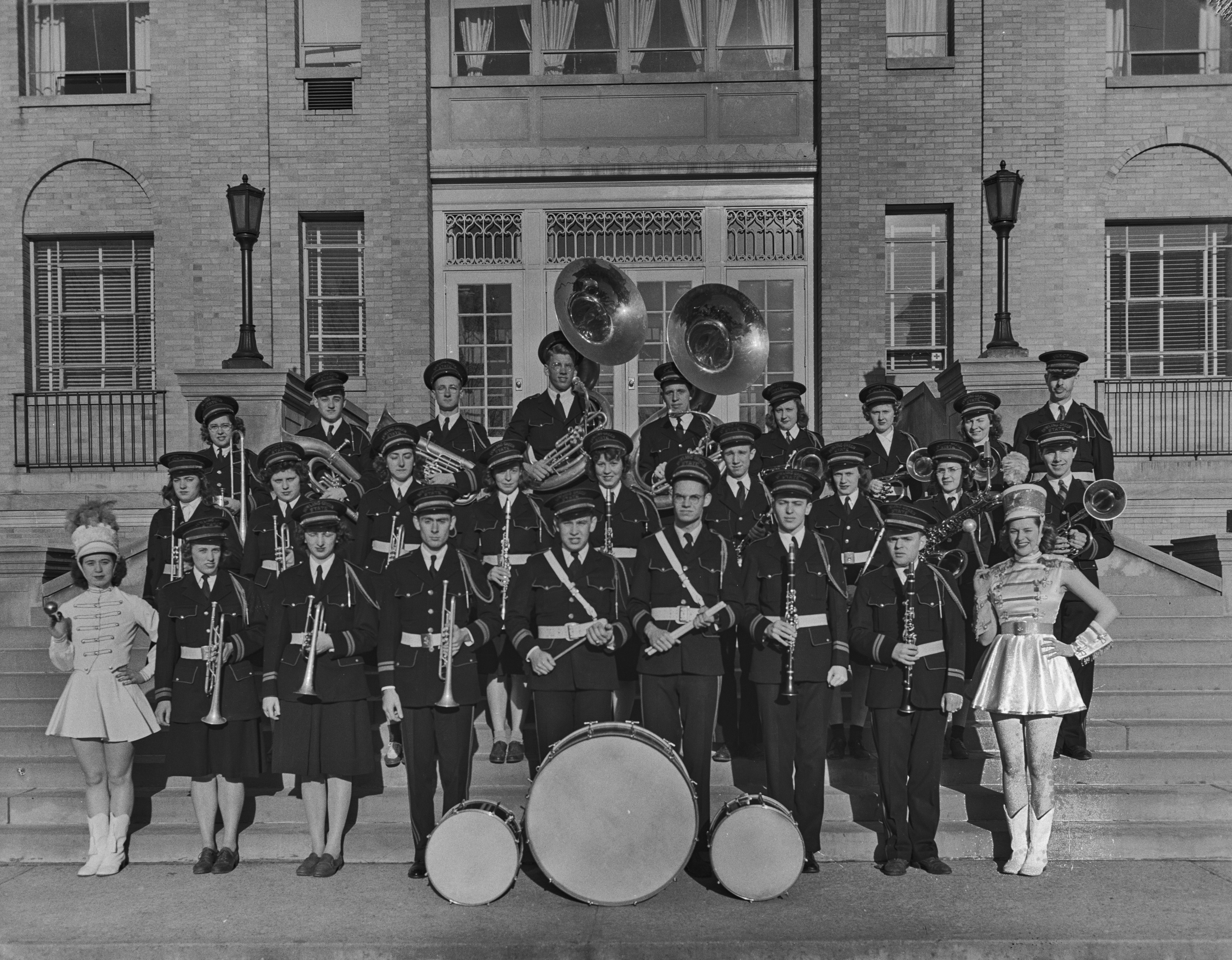
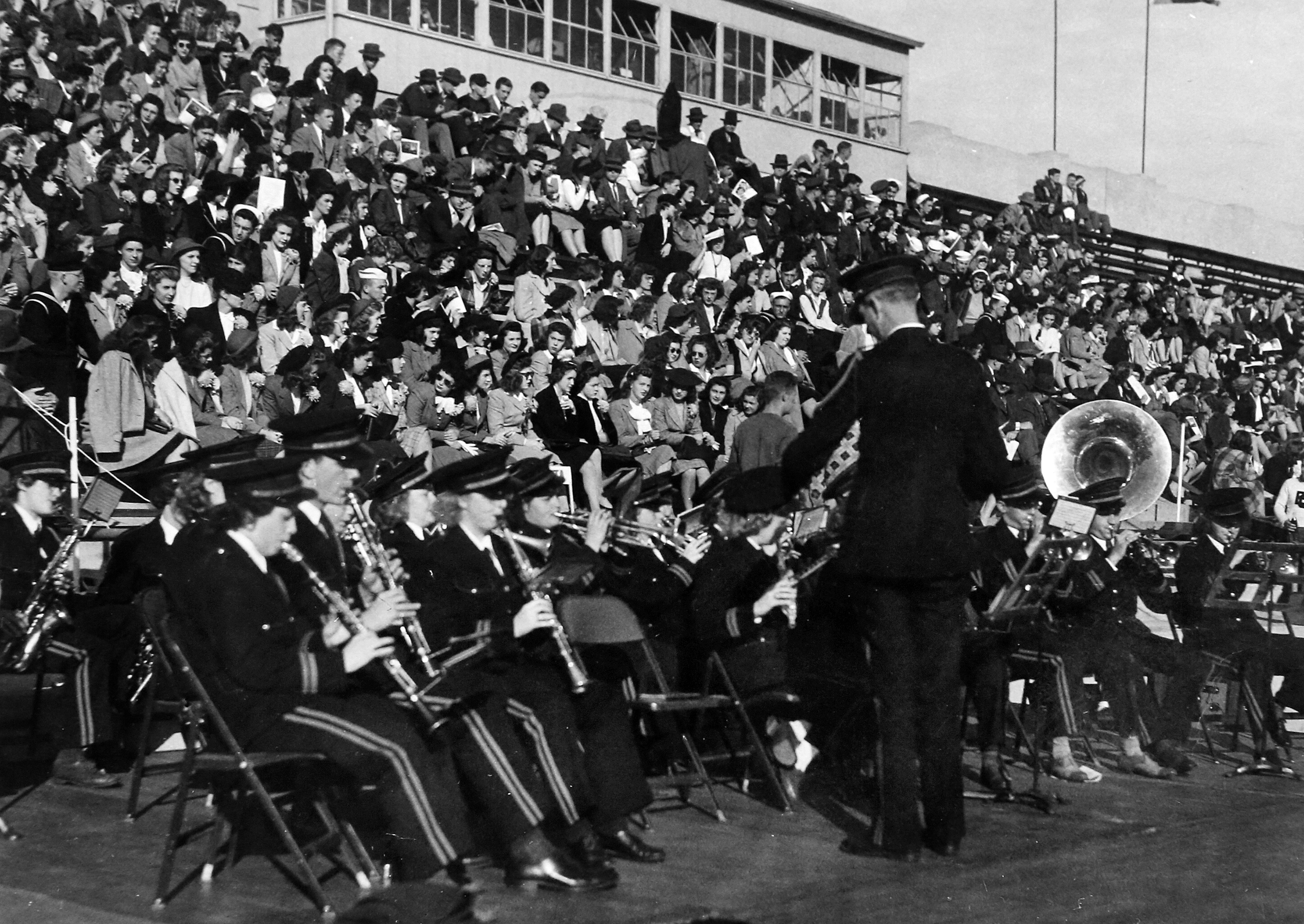
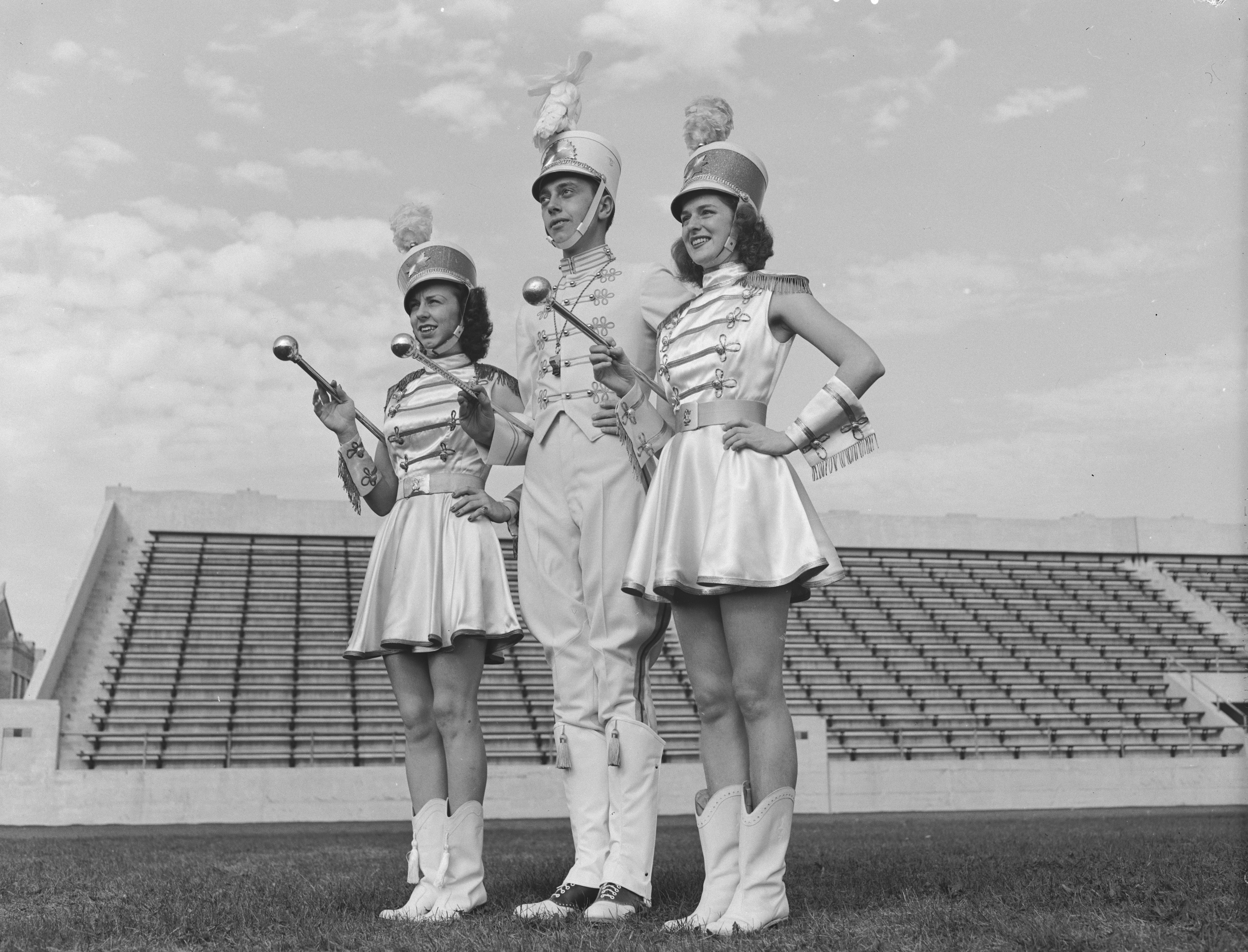
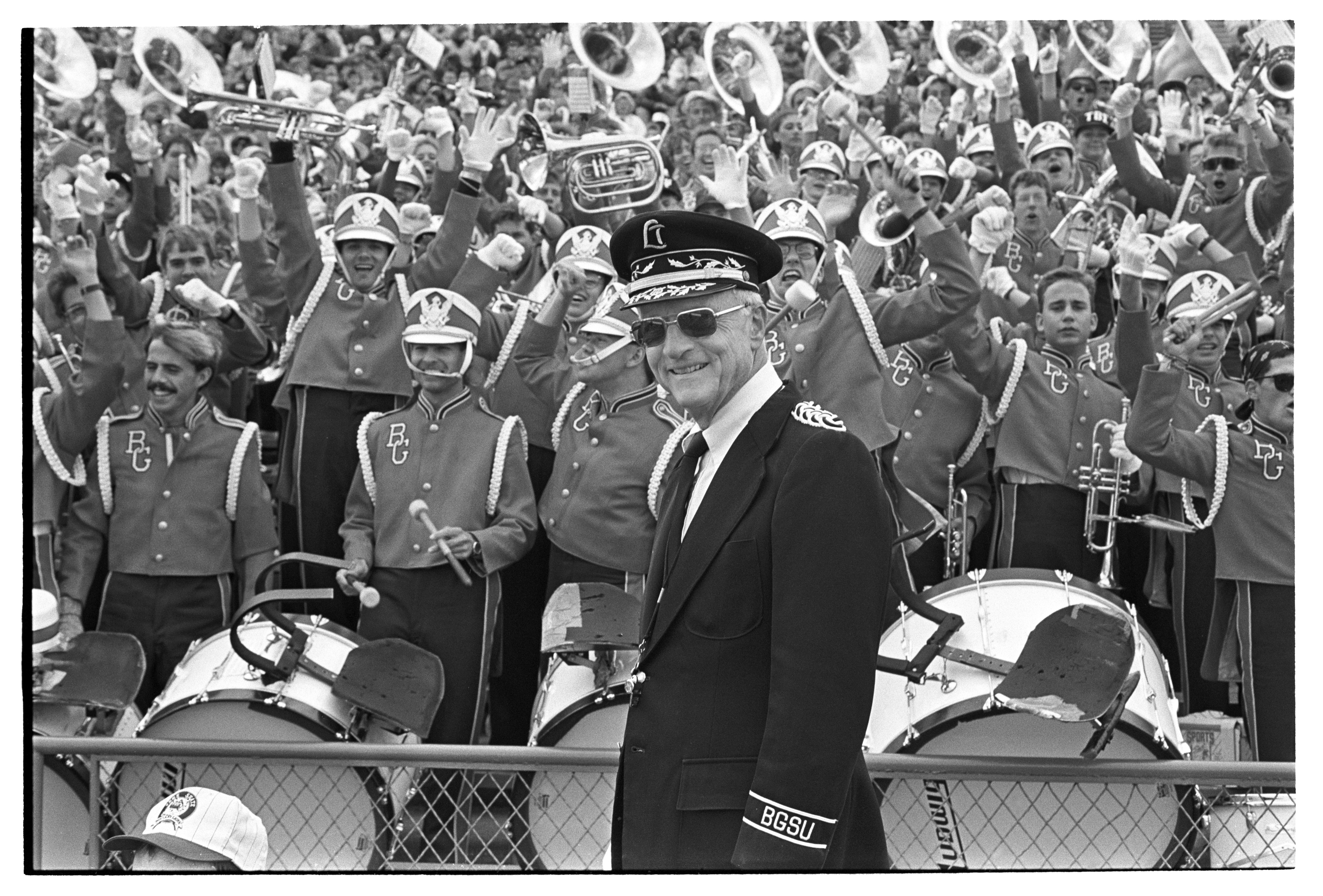
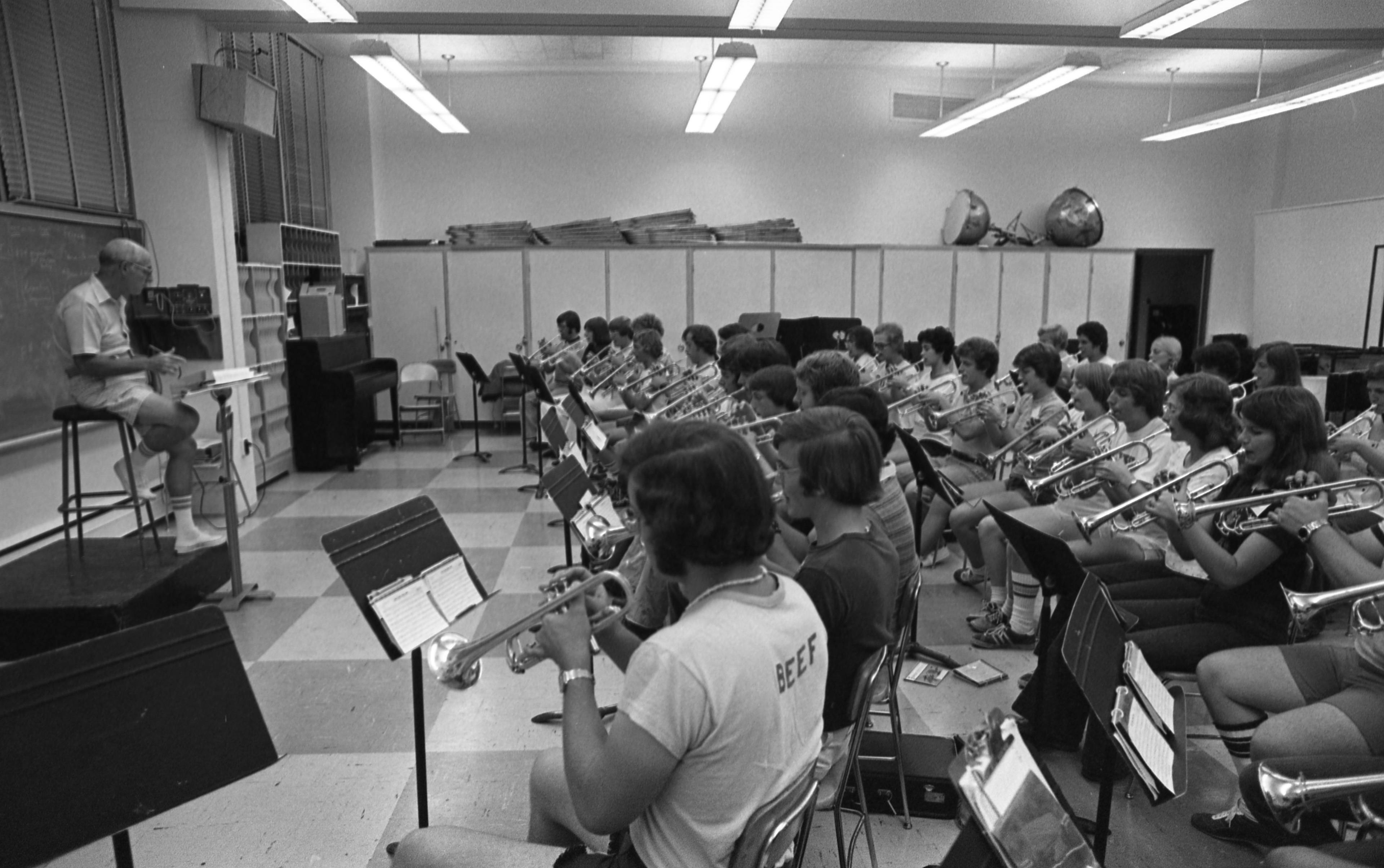
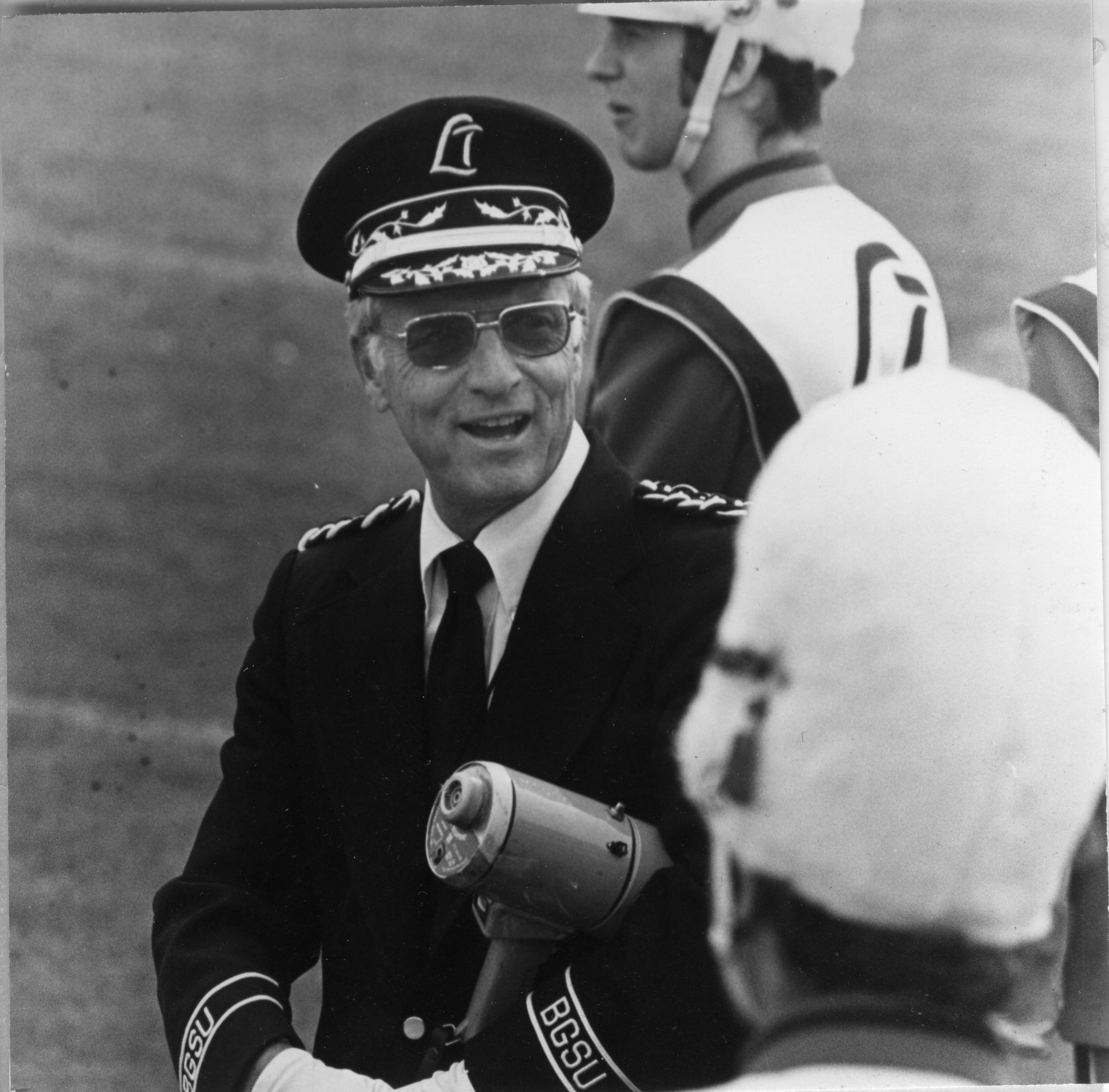
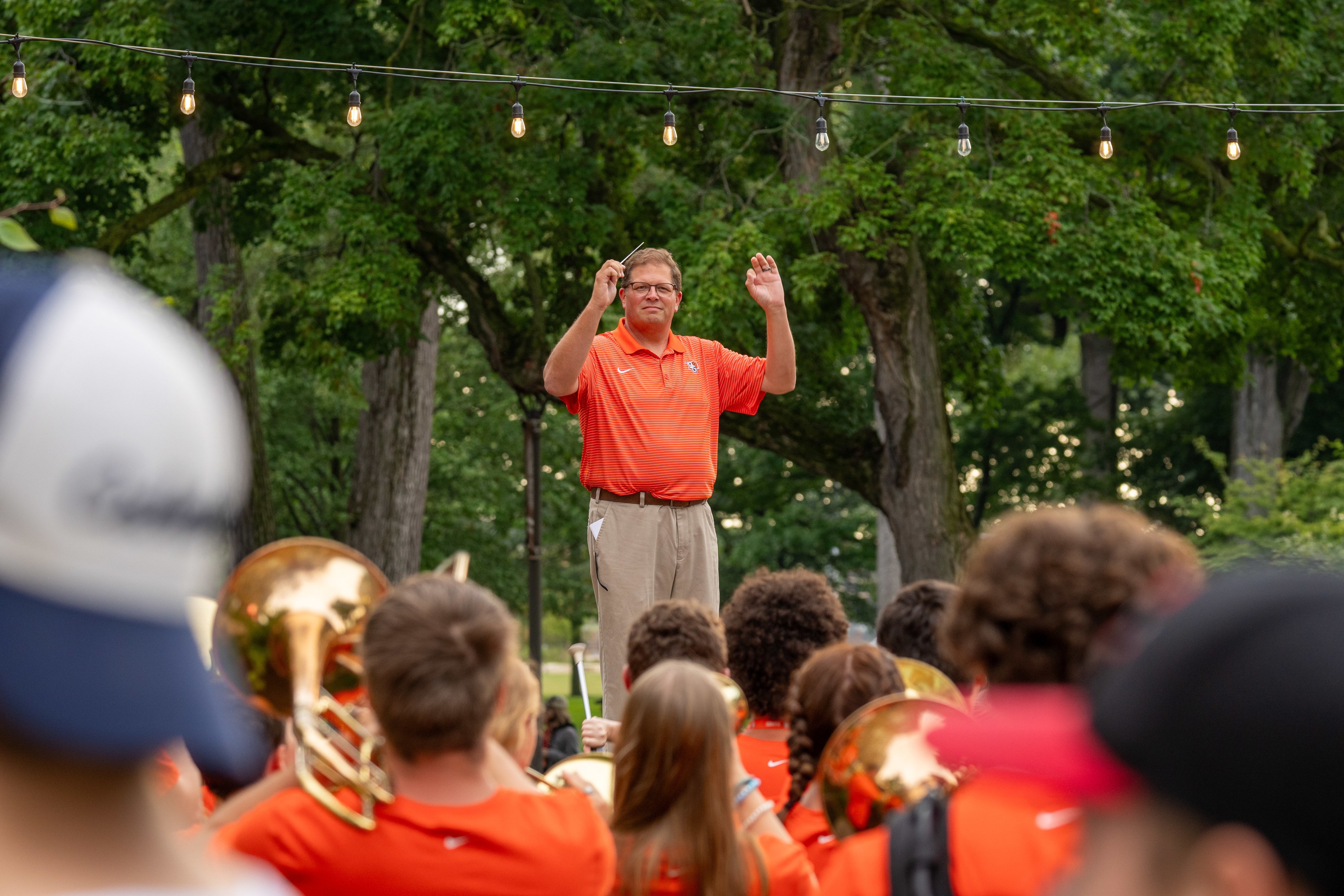
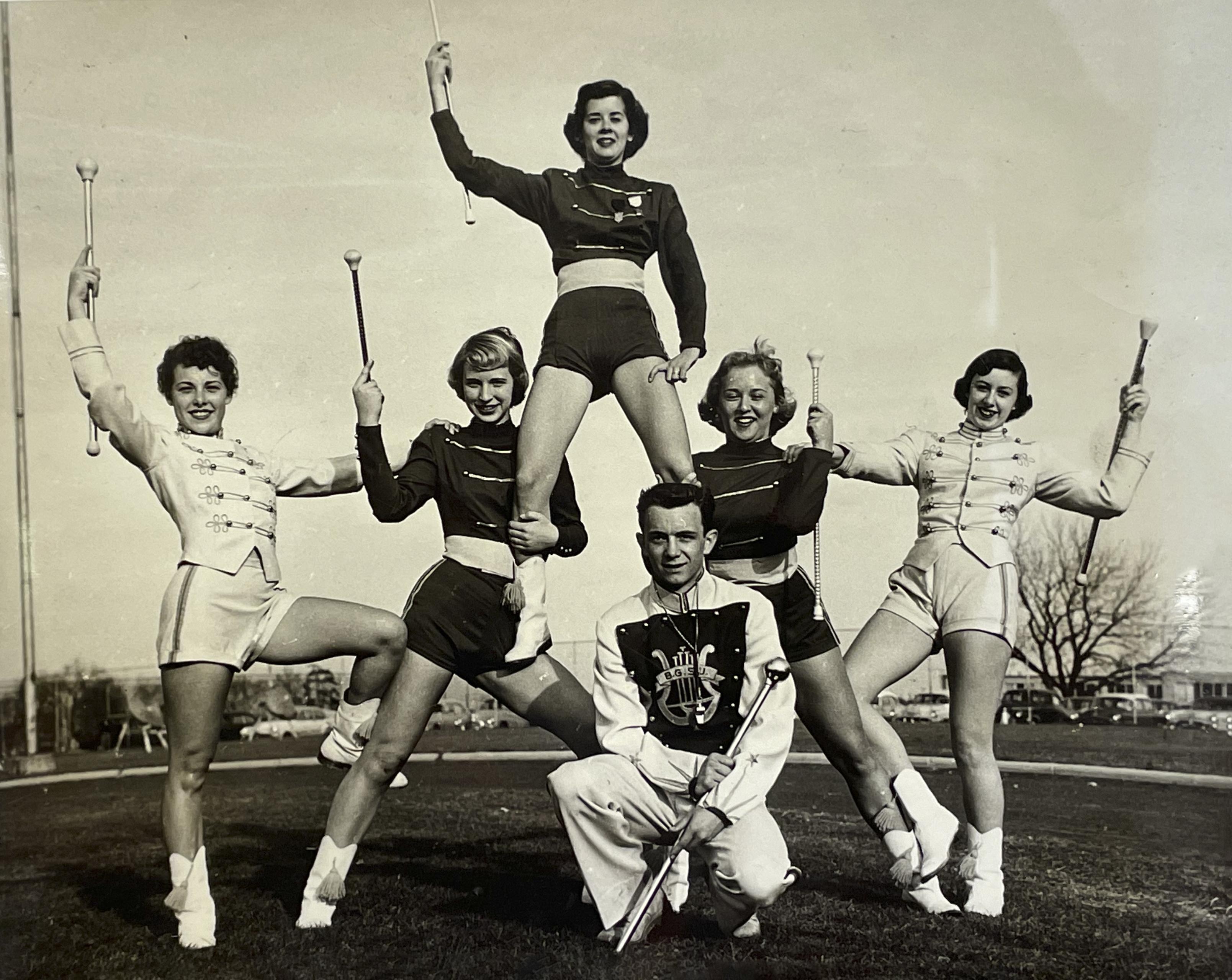
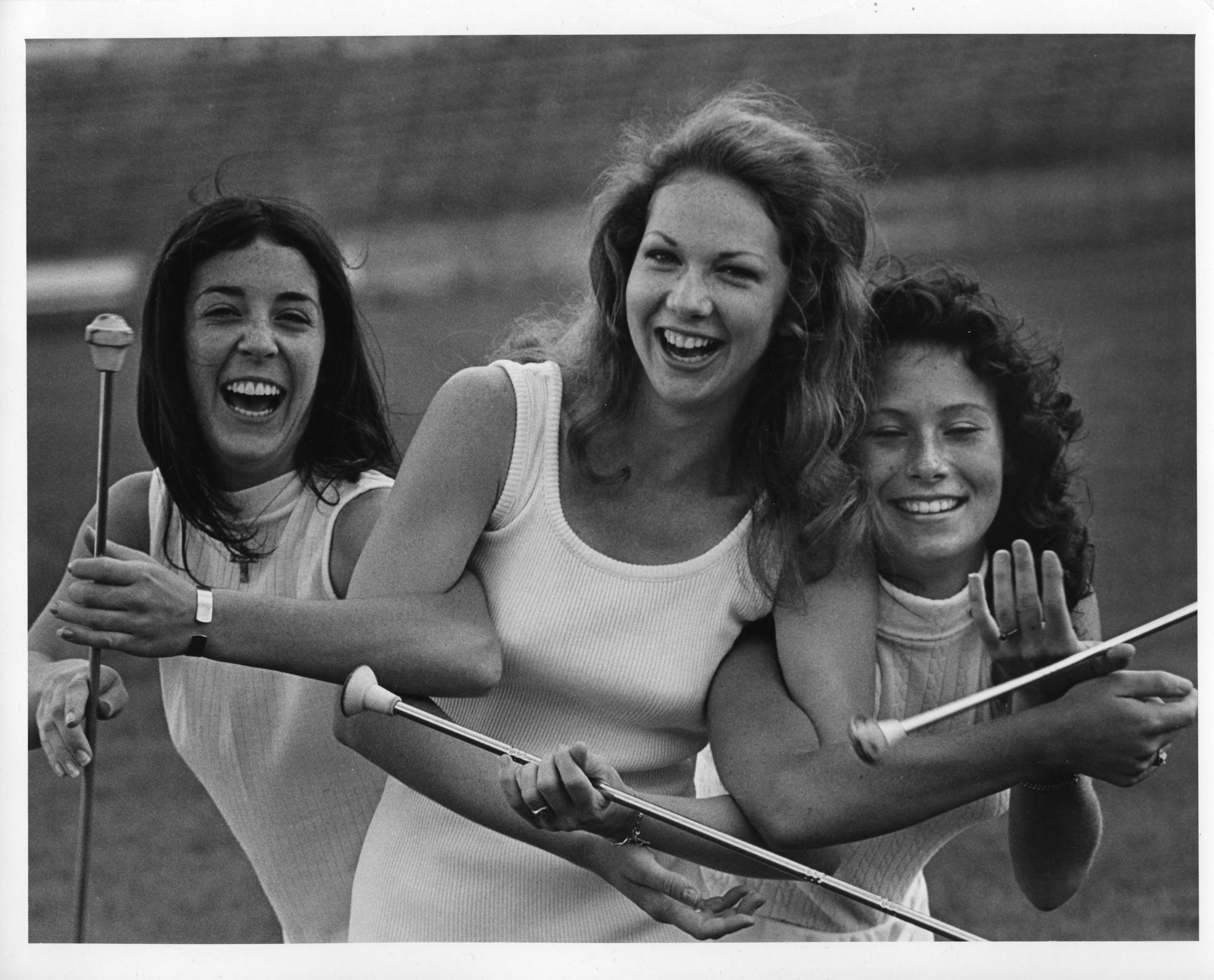
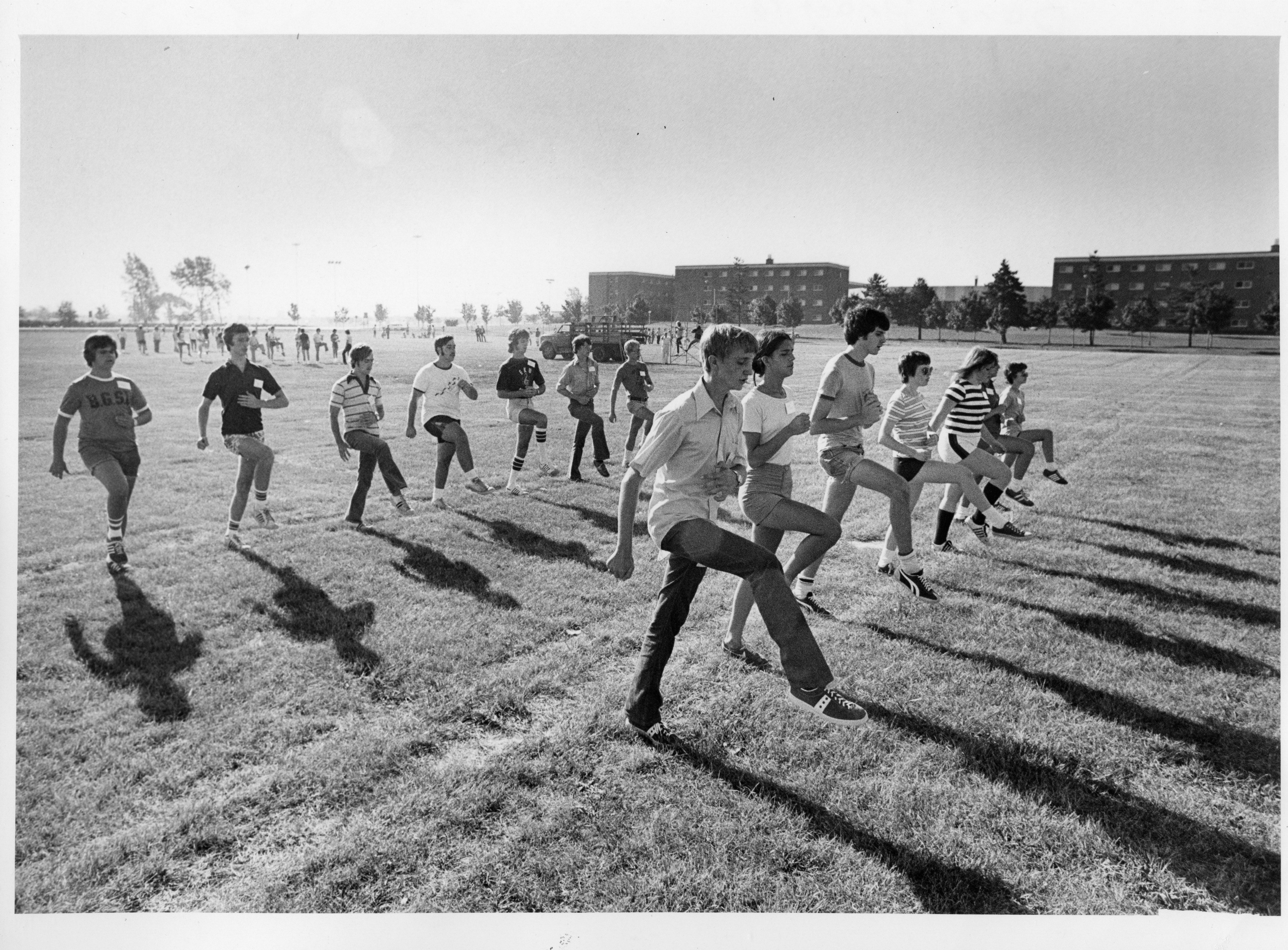
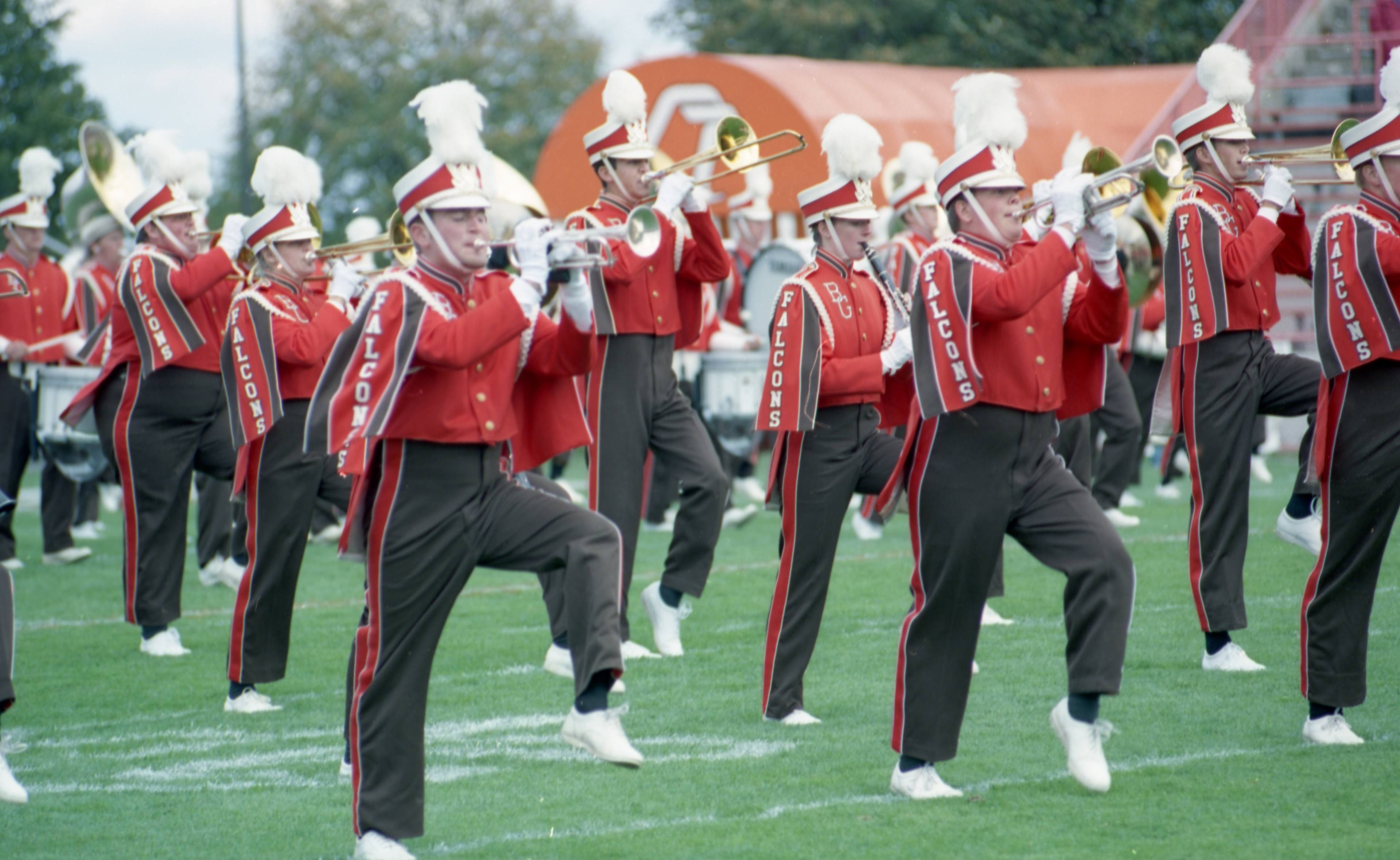
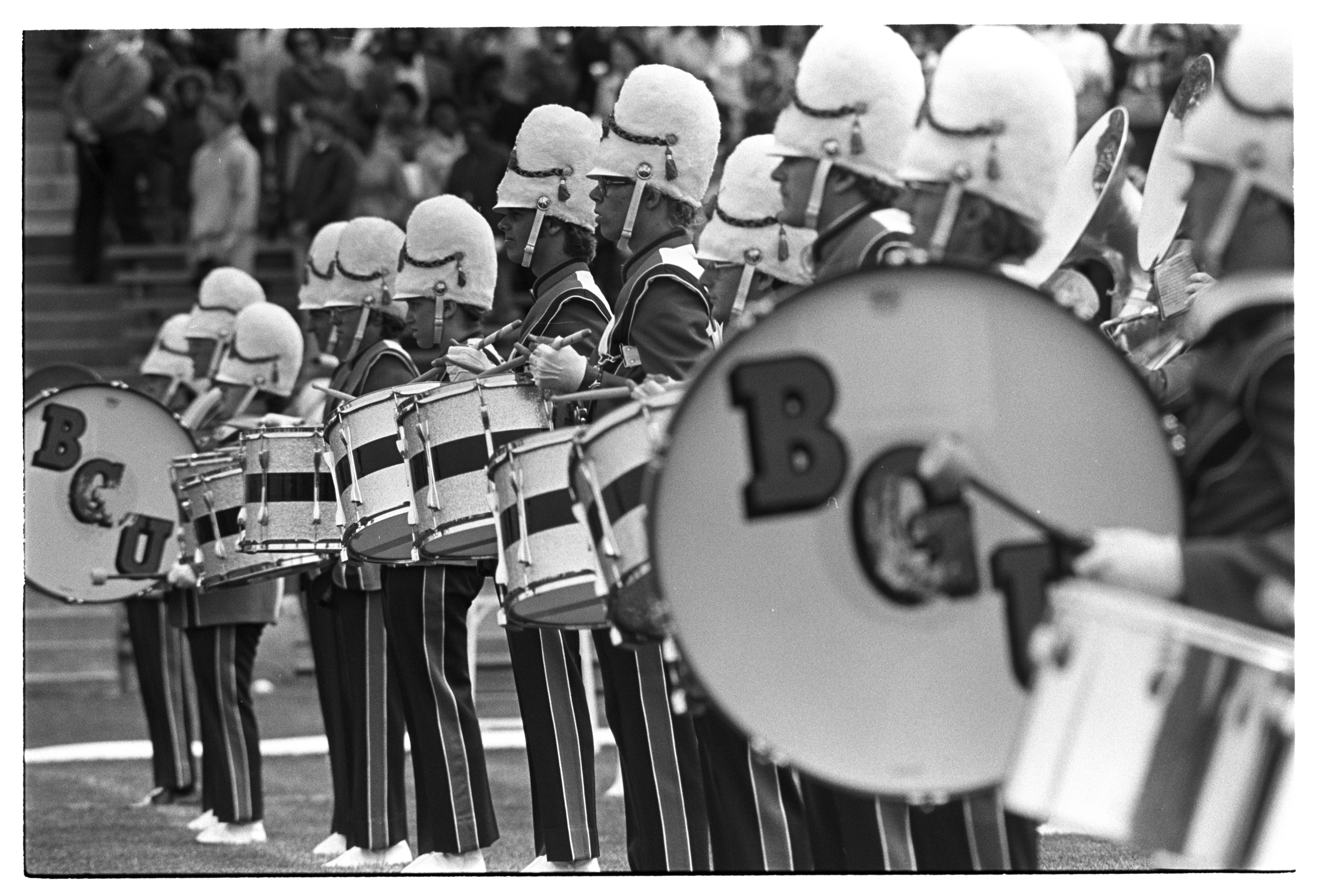
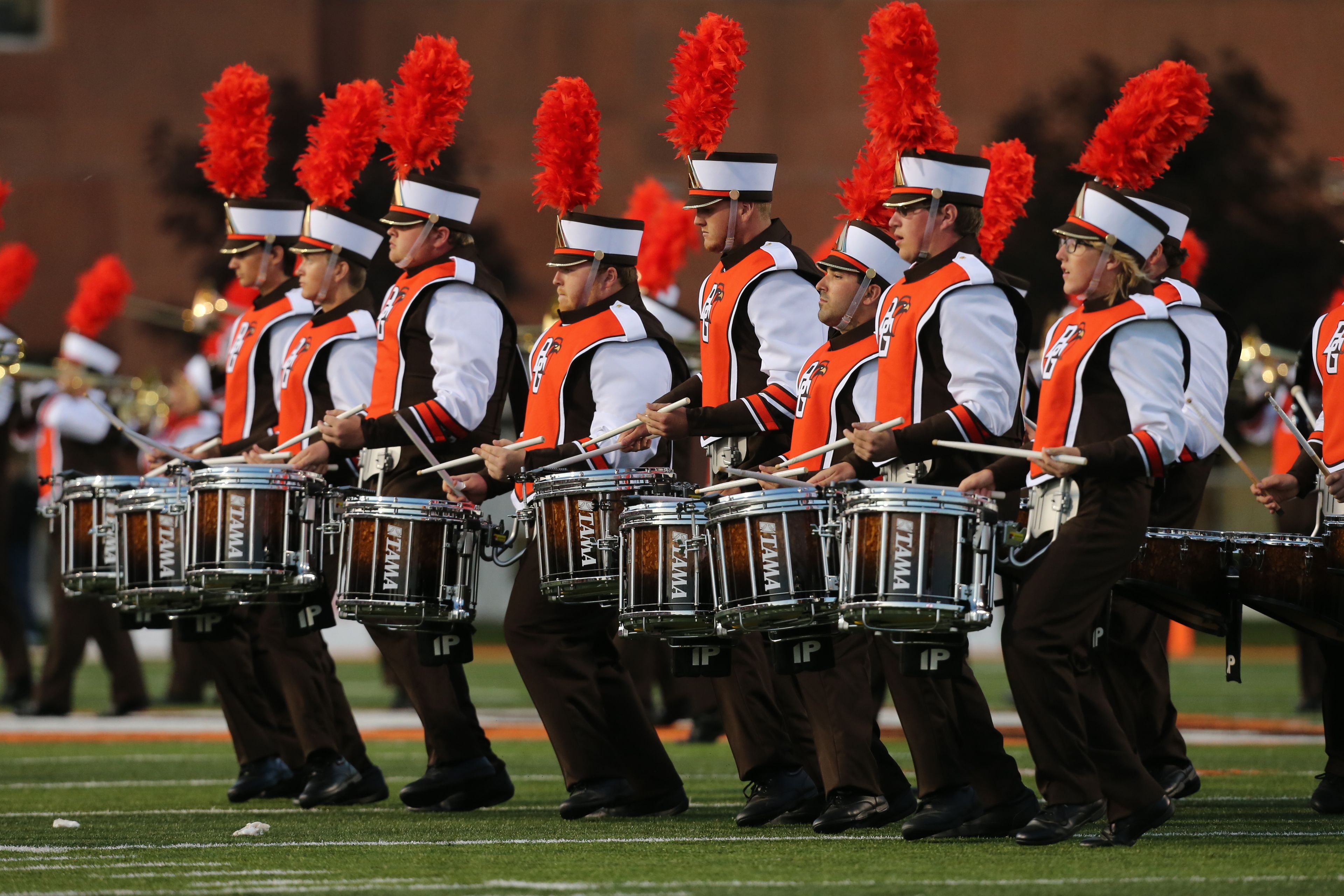
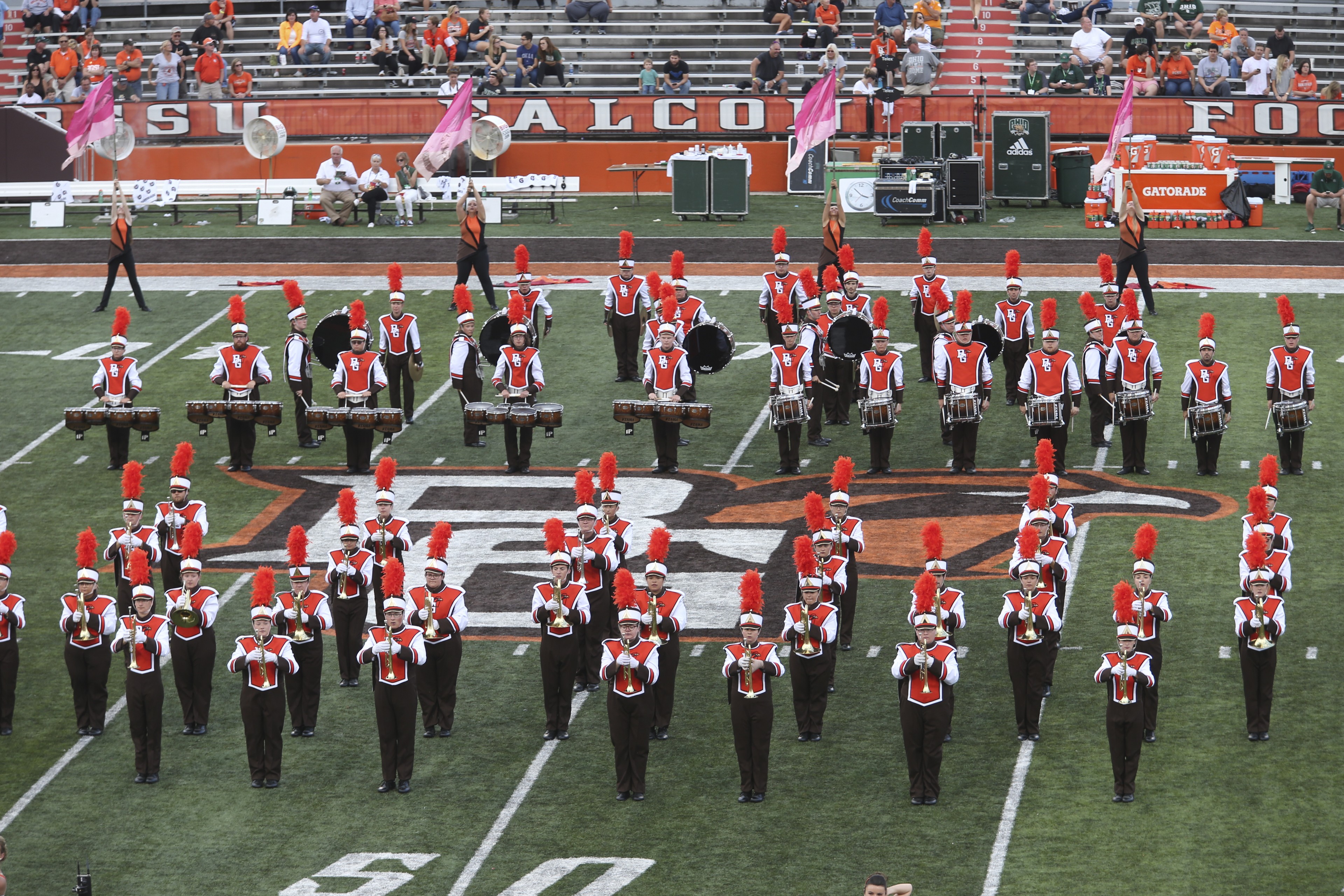
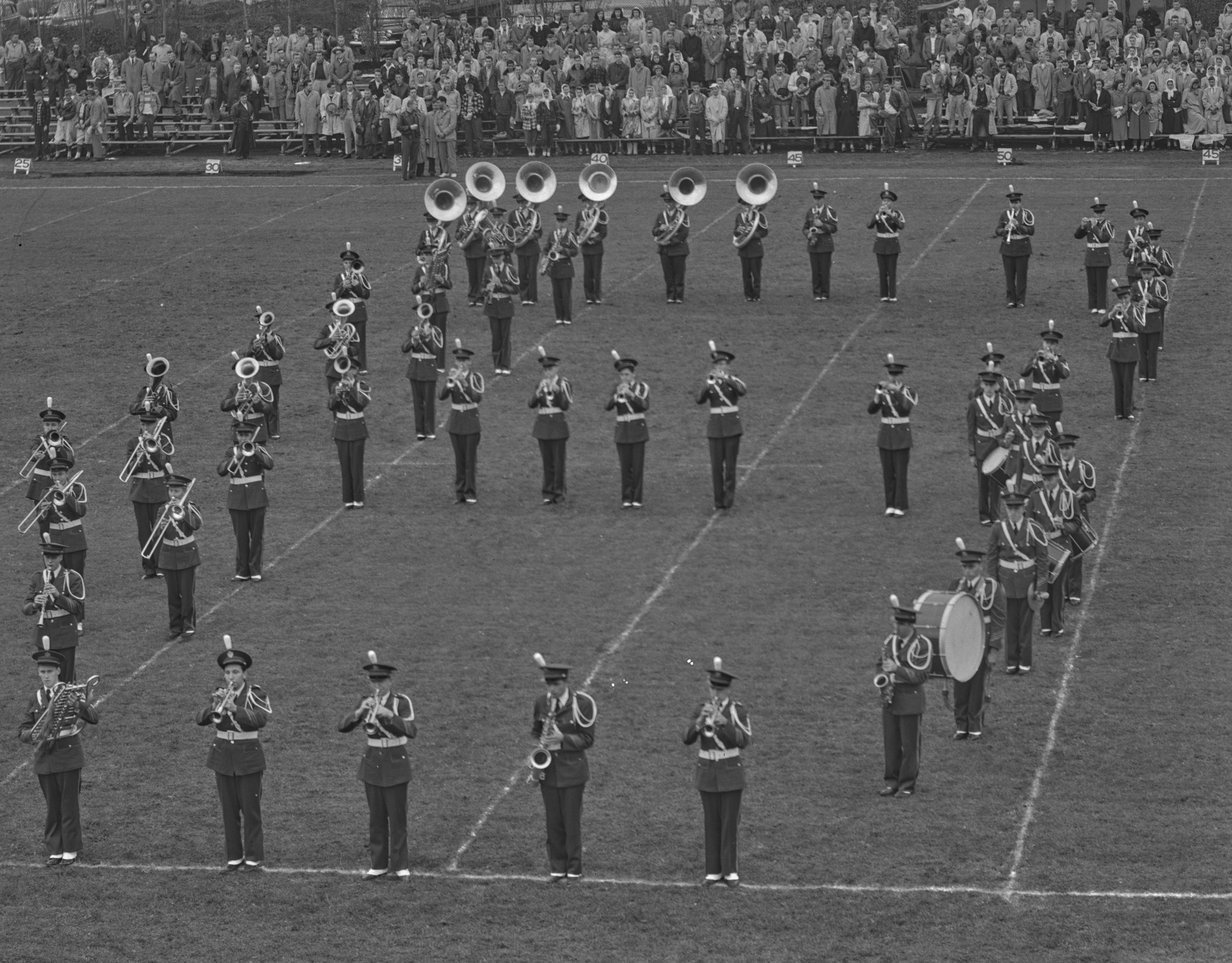
.jpg)
.jpg)
